
Air travel in the Indian Subcontinent has grown rapidly over the past decade, with airports transforming from basic hubs into fantastic gateways.
From India’s bustling metros to the island charm of Sri Lanka, these airports have focused on blending modern infrastructure with local flavour, thanks to a massive boom in the number of airlines and flyers.
Top 10 Best Airports in the Indian Subcontinent in 2025
Skytrax’s airports by region list for 2025 visits the top 10 best airports in the Indian Subcontinent in 2025, where operations, architecture, and warm service were the decisive criteria.
In a list that is dominated by nine hubs from India compared to just one from Sri Lanka, here is a look at who stands where, and what each airport offers that makes it a worthy part of the order.
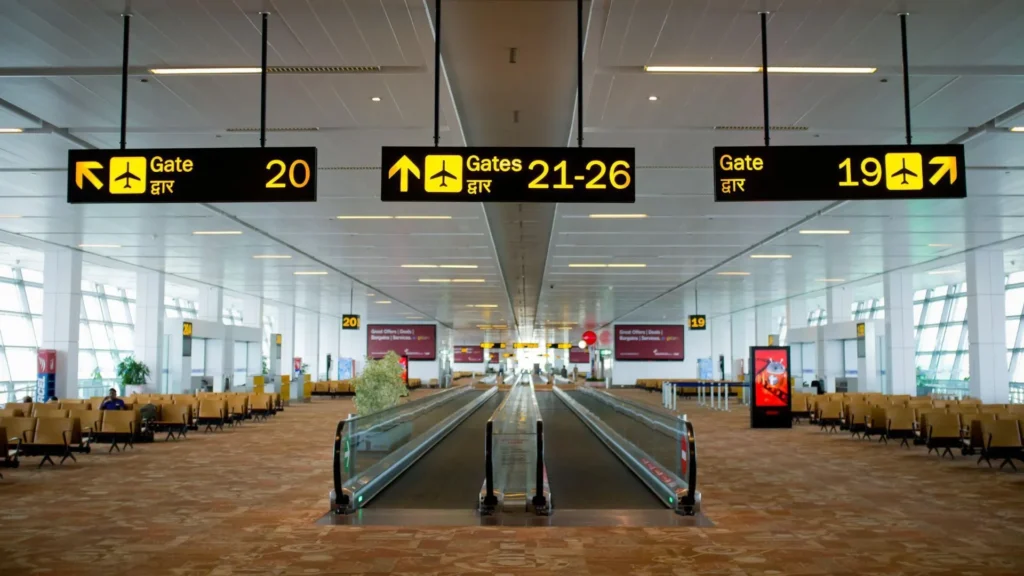 Photo: Delhi IGI Airport.
Photo: Delhi IGI Airport.1. Indira Gandhi International Airport, New Delhi – DEL/VIDP
Delhi’s IGI Airport remains the busiest hub in India, yet seamlessly blends grandeur with efficiency. Terminal 3 is vast but well-organised, and handles a huge number of international flights while maintaining ease of movement.
The shopping outlets, lounges, and food courts give passengers plenty of choice, while the airport’s design mirrors India’s cultural riches with art installations. The connectivity is excellent with cabs, plus the Airport Express Metro linking directly to central Delhi in under 25 minutes.
With Air India upping its game, Delhi has all that it takes to become a major transit hub, whereas the new Terminal 1 that was recently opened for domestic travel and is primarily home to IndiGo, will help the main gateway in India’s capital go from strength to strength.
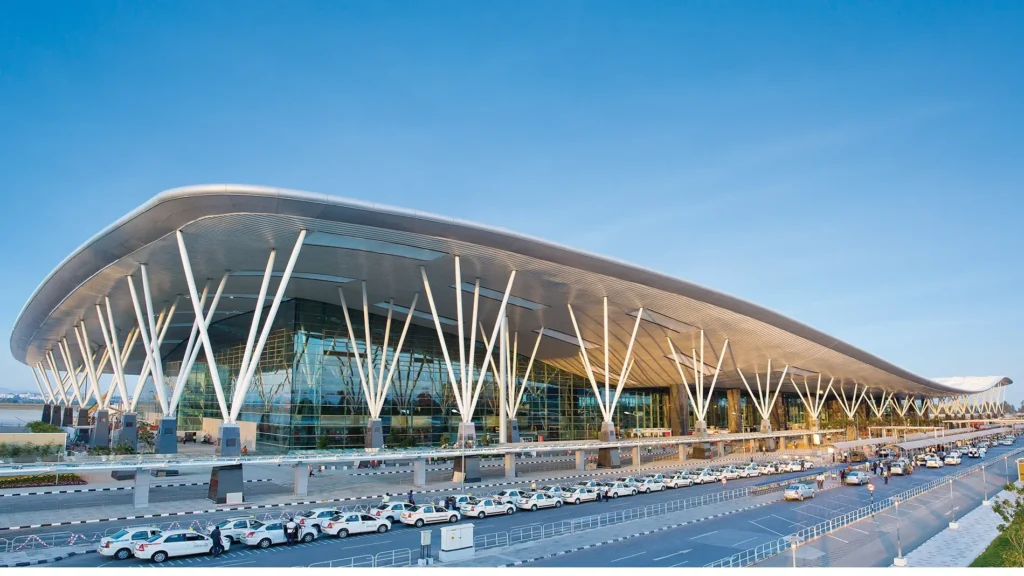 Photo: HOK
Photo: HOK2. Kempegowda International Airport, Bengaluru – BLR/VOBL
Bangalore’s Kempegowda Airport is a breath of fresh air. With its new Terminal 2, dubbed the “Terminal in a Garden”, the airport has redefined what an aviation hub can look like. The lush greenery, indoor waterfalls, and natural light give travellers a sense of tranquillity.
Tech-savvy operations reflect Bangalore’s identity as India’s Silicon Valley, with smart check-in kiosks and biometric boarding all present at the airport to make it very efficient, and the food ranges from South Indian favourites to international cuisine.
The airport is well-connected to the city by road, though metro extension works are underway to ease traffic. Bangalore houses the newest international terminal in India, and with a world-class facility, it will continue to attract more airlines and international traveller footfall.
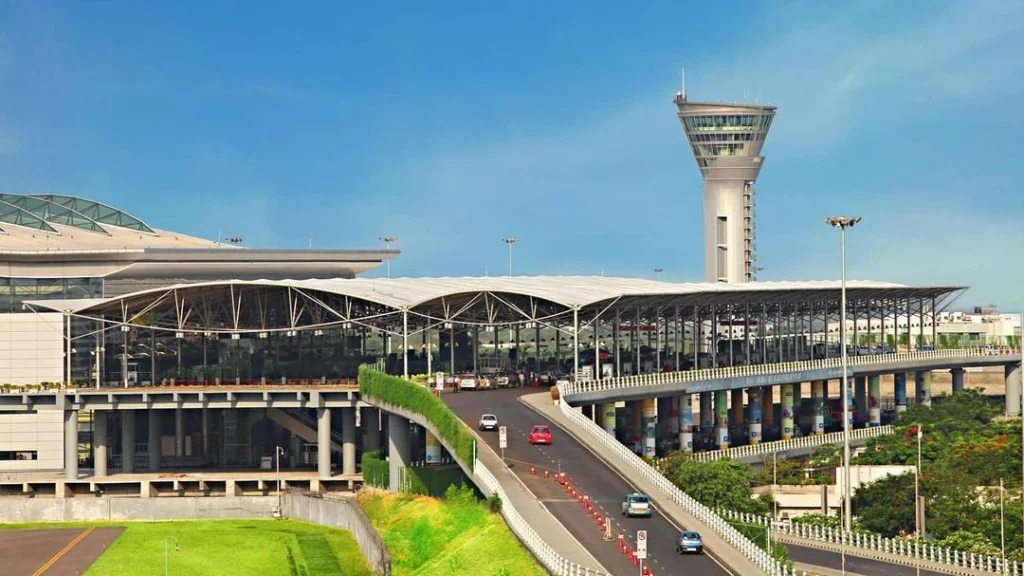 Photo: Hyderabad Airport
Photo: Hyderabad Airport3. Rajiv Gandhi International Airport, Hyderabad – HYD/VOHS
Hyderabad’s Rajiv Gandhi International Airport is admired for its consistent, punctual service and passenger-friendly design. It’s not the biggest in the country, but its smooth flow, courteous staff, and efficiency make the experience stress-free.
Modern lounges, shopping areas, and seating areas everywhere keep travellers comfortable, while dining options showcase local delicacies and international favourites. The airport is particularly strong on cleanliness, often ranking among the best-maintained in the region.
The access is fairly straightforward, too, with the airport connected to Hyderabad city centre by an expressway and dedicated airport shuttle services. It is not the grandest airport in India, but it certainly sits amongst the top hubs as far as operational ease is concerned.
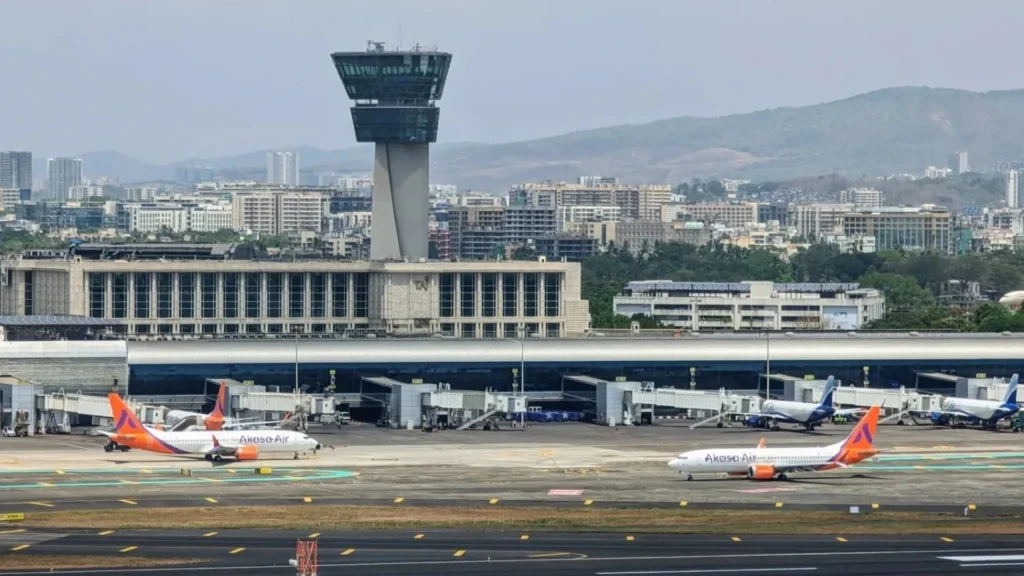 Photo: Utkarsh Thakkar (Vimanspotter)
Photo: Utkarsh Thakkar (Vimanspotter)4. Chhatrapati Shivaji Maharaj International Airport, Mumbai – BOM/VABB
Mumbai’s CSMIA is another marvel of Indian aviation, combining artistic attributes with operational efficiency. The standout feature is Terminal 2, a beautifully designed structure housing an art museum that celebrates India’s culture and history.
For an airport handling such high volumes, it manages a commendable level of efficiency, thanks to digital check-in and modern baggage systems. The lounges, retail zones, and food outlets are varied, offering both global brands and local bites.
The connectivity to the city has improved with the metro extension and express road links, though traffic remains Mumbai’s massive challenge. Nonetheless, the airport is a charm and a pleasant hub to fly in and out of, even on the busiest of days.
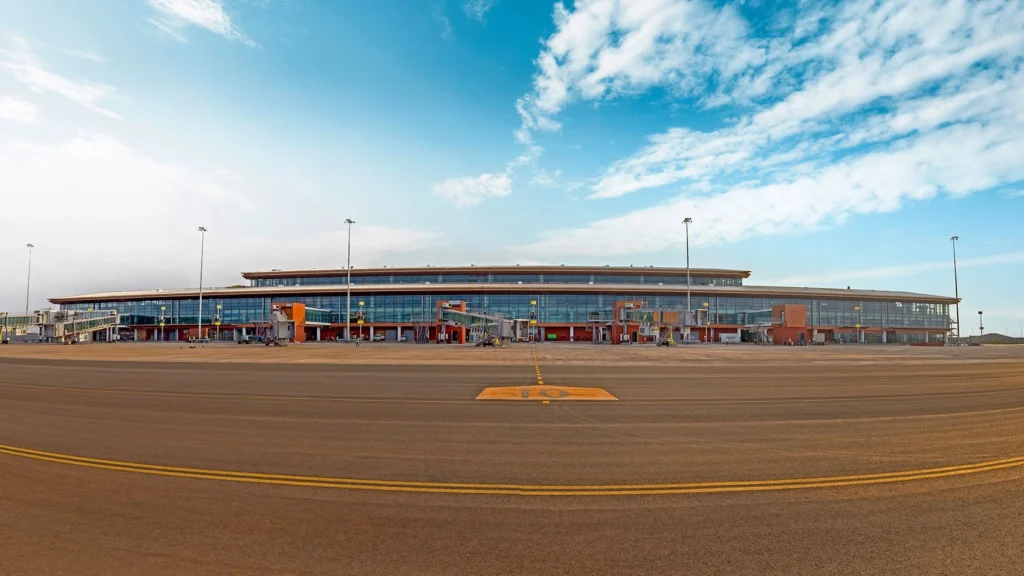 Photo: GMR
Photo: GMR5. Manohar International Airport, Goa – GOX/VOGA
Goa’s new airport at Mopa has made a strong impression since opening. Sleek, modern, and purpose-built, it was designed to ease congestion at Dabolim while giving the state a better international gateway as well as a more well-organised hub for domestic flyers.
The interiors are airy, with a touch of local influence in the design, and facilities are modern across the board. There’s duty-free shopping and restaurants which reflect Goa’s global appeal, with cheap alcohol one of the favourites for domestic and overseas travellers.
Transport links include buses, taxis, and highway access, with rail connectivity under development. The most popular option remains taxis, which are available in flocks outside the airport, while major hotel chains also offer shuttles at regular intervals.
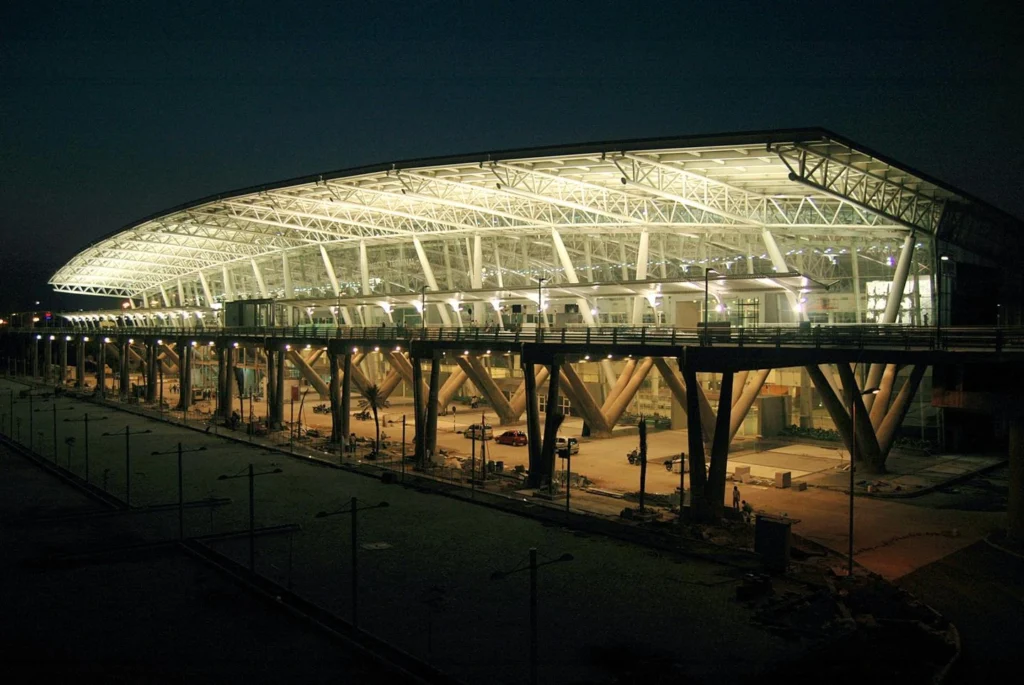 Photo- Chennai International Airport
Photo- Chennai International Airport6. Chennai International Airport, Chennai – MAA/VOMM
Chennai’s airport has seen a steady transformation over the years, leaving behind its older, cramped design for a more modern and efficient space. The expansion projects have added better lounges, new terminals, and improved passenger flow.
The airport reflects the city’s coastal heritage and cultural pride through touches of architecture and art, and dining is a mix of South Indian staples alongside international outlets. The transport includes suburban rail and metro links, making the airport easily accessible from across the city.
While it is not a major transit hub or a popular destination in comparison to the likes of Bengaluru, Delhi or Mumbai, Chennai gets the job done for its own crowd by offering smooth connectivity domestically as well as to overseas ports.
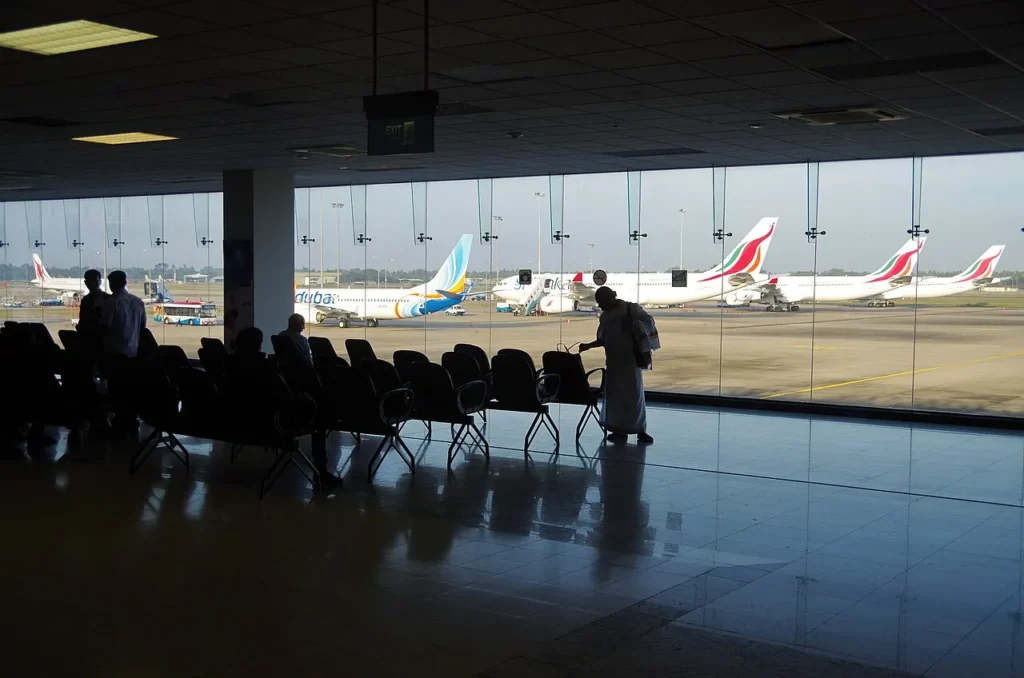 View of the apron from inside, Colombo Airport; Photo- Wikipedia
View of the apron from inside, Colombo Airport; Photo- Wikipedia7. Bandaranaike International Airport, Colombo – CMB/VCBI
Colombo Airport serves as Sri Lanka’s main international gateway and has recently focused on modernising facilities to meet growing demand. Its strength lies in hospitality, and the warm, friendly service makes up for some areas that still feel old-fashioned and require a revamp.
The renovations have brought better lounges and enhanced retail and dining areas. The airport is about 30 kilometres from Colombo, with taxis and buses providing city access, though traffic can be heavy at peak hours, thus derailing the commute.
As far as efficiency is concerned, it is an easy-going hub with check-in, security checks and immigration dealt with rather swiftly. SriLankan Airlines’ growth as a carrier has worked hand-in-hand with Colombo Airport’s progress in recent years, with more exciting times on the horizon.
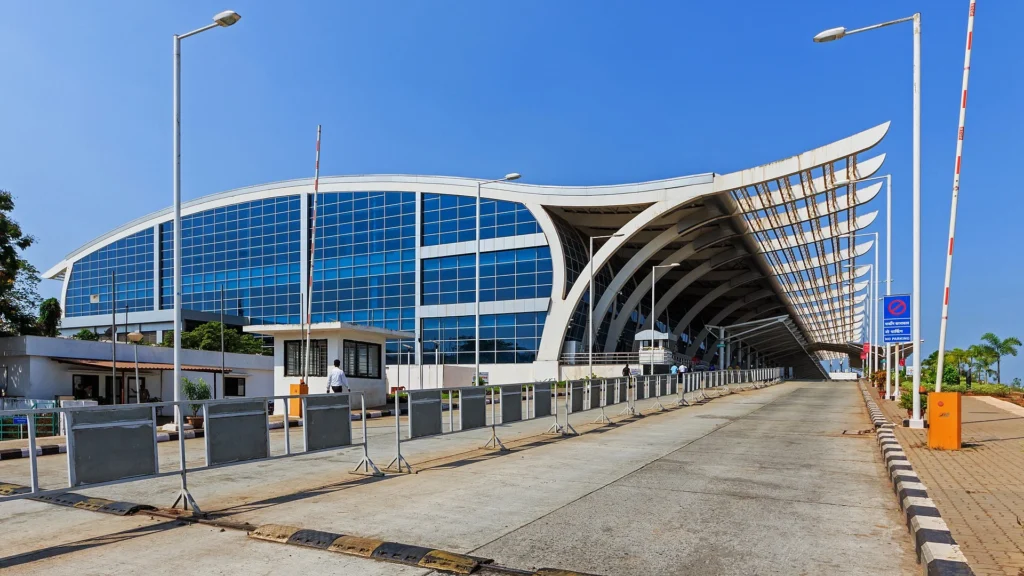 Dabolim International Airport; Photo By A.Savin | Wikimedia
Dabolim International Airport; Photo By A.Savin | Wikimedia8. Dabolim Airport, Goa – GOI/VOGO
Goa’s older Dabolim Airport, though smaller and often crowded, still holds a charm of its own. It has long been the entry point for tourists drawn to Goa’s beaches, nightlife, and relaxed vibe, and is still the hub that is better connected to the famous resorts.
The facilities are more basic compared to Mopa, but recent upgrades have improved passenger experience with a new lounge and retail choices. The dining remains simple, yet one can still find local flavours along with international brands.
The accessibility is straightforward, with the airport connected by taxis, buses, and rental cars.
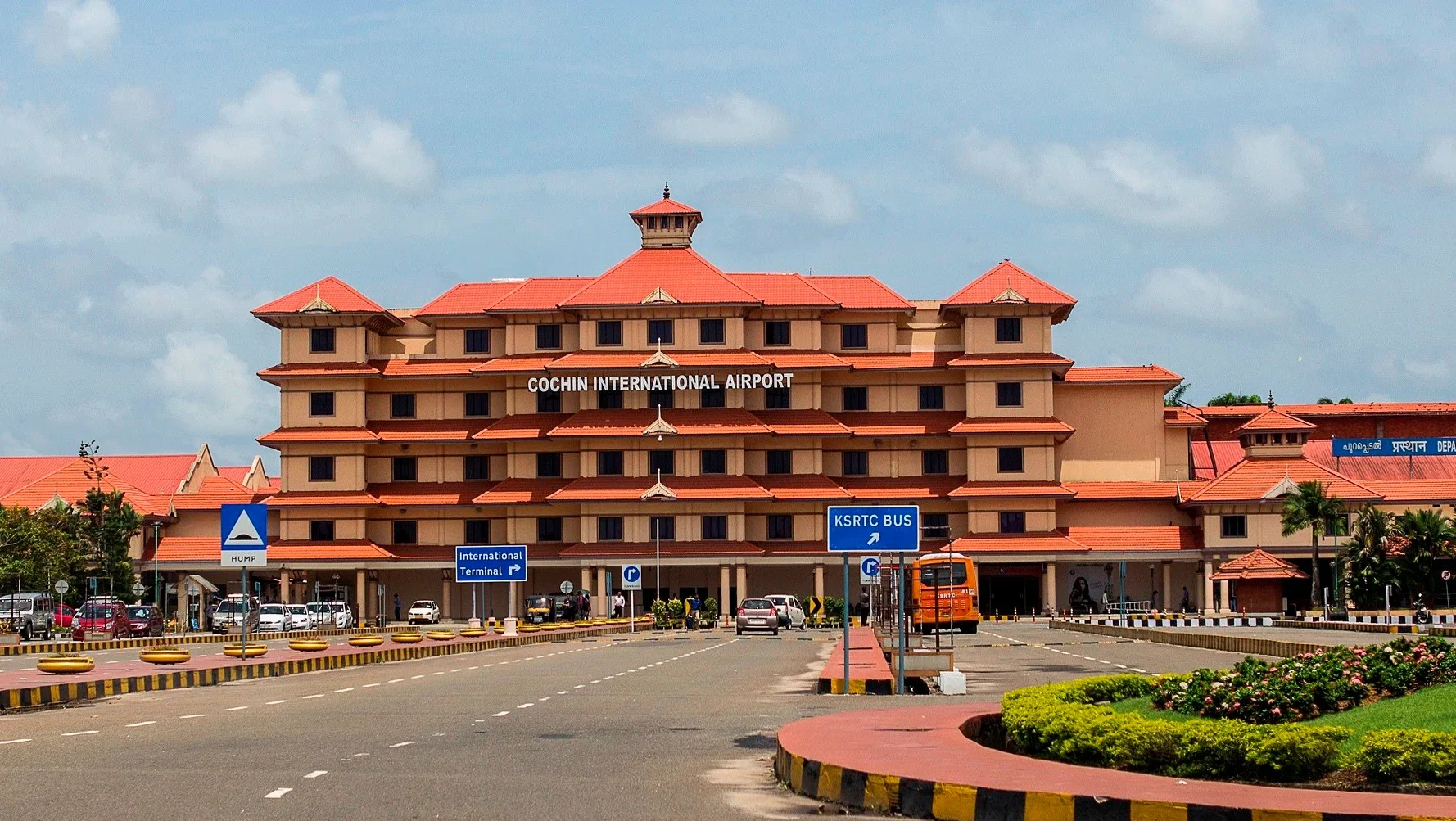 Photo: Ajaykumarkappukuttan001 | Wikimedia
Photo: Ajaykumarkappukuttan001 | Wikimedia9. Cochin International Airport, Kochi – COK/VOCI
Cochin Airport stands out globally as the first airport powered entirely by solar energy, a fact that makes it a pioneer in sustainability. Beyond the green reputation, it’s also an efficient and modern airport with strong international connections, especially to the Middle East.
The passenger areas are clean and organised, lounges are comfortable, and dining includes both Kerala specialities and global choices. Its location means good road connectivity to Kochi city and beyond, with taxis and buses readily available.
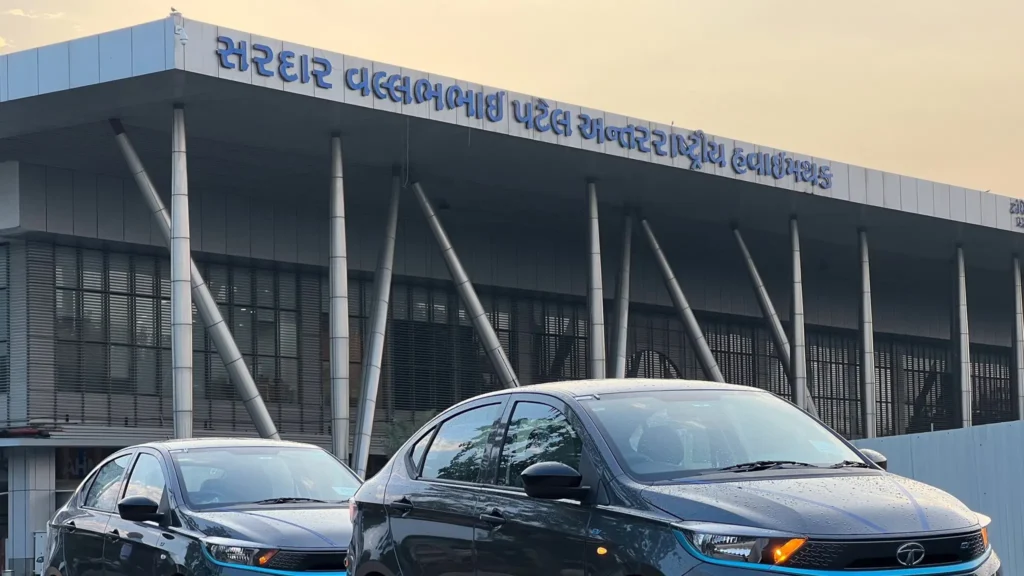 Photo: Ahmedabad Airport Adani X page
Photo: Ahmedabad Airport Adani X page10. Sardar Vallabhbhai Patel International Airport, Ahmedabad – AMD/VAAH
Ahmedabad’s airport may not be as large or gleaming as some others on the list, but it has steadily improved in both infrastructure and passenger experience. Terminals have been upgraded with more seating, better retail, and stronger security processes.
The dining options are progressively expanding, with both Indian cuisine and mainstream outlets available. The airport sits around 9 kilometres from the city centre, with taxis and buses providing simple, affordable access to primarily short-term business travellers.
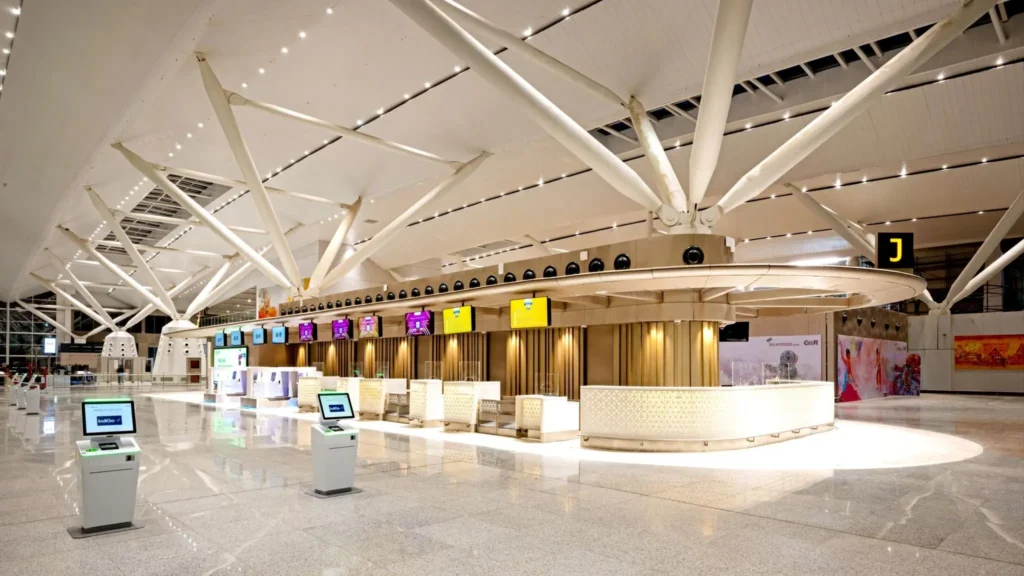 Photo: GMR Delhi International Airport
Photo: GMR Delhi International AirportBottom line
The airports in the Indian Subcontinent are evolving at an impressive pace, balancing modern technology with local character.
Delhi, Mumbai, and Bangalore lead the way with scale and innovation, while airports like Cochin and Mopa bring sustainability and design.
Even smaller gateways such as Colombo and Ahmedabad are catching up, ensuring travellers experience both comfort and a strong sense of place.
With better connectivity, expanding terminals, and higher service standards, the region’s airports will soon compete with the best.
Stay tuned with us. Further, follow us on social media for the latest updates.
Join us on Telegram Group for the Latest Aviation Updates. Subsequently, follow us on Google News
Top 10 Best Airports in the Middle East in 2025
The post Top 10 Best Airports in the Indian Subcontinent in 2025 appeared first on Aviation A2Z.

 2 miesięcy temu
2 miesięcy temu










